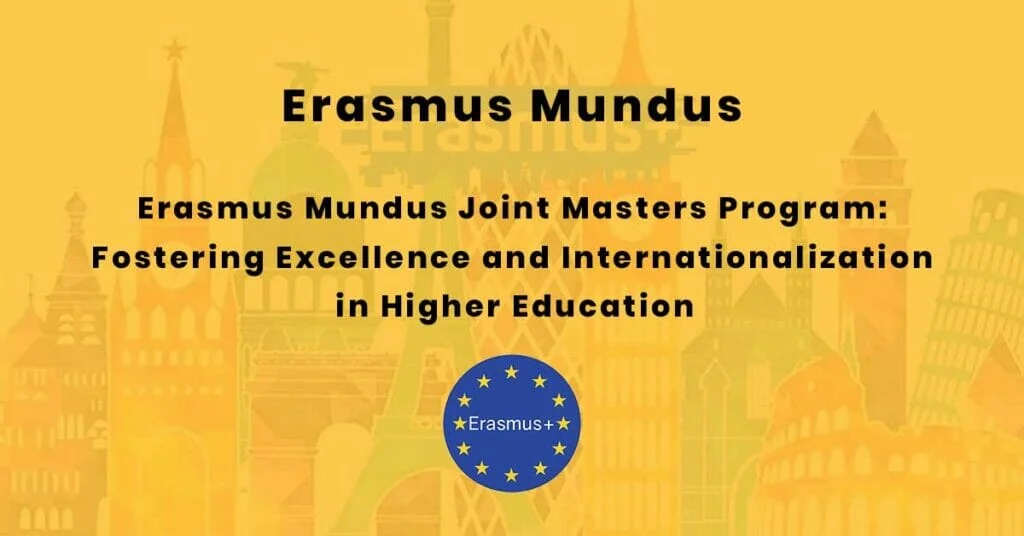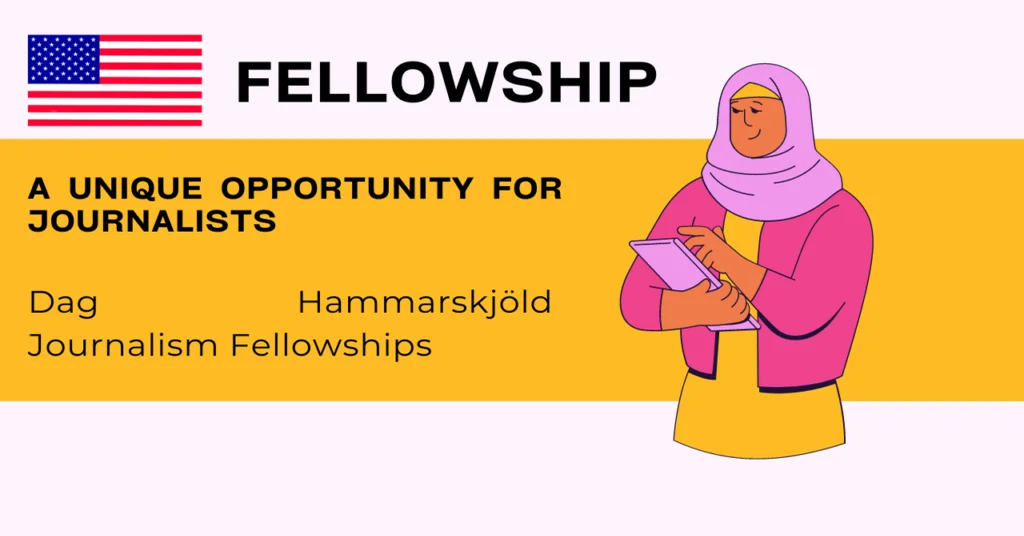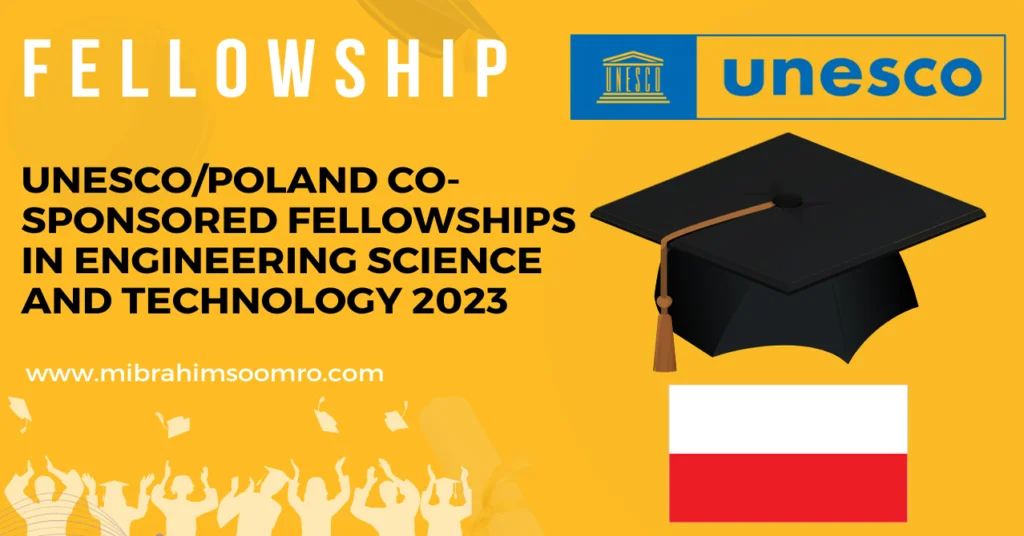The Erasmus Mundus Joint Masters Program is a prestigious and highly sought-after opportunity for students at the master’s level from all corners of the globe. This program, designed and delivered by an international partnership of higher education institutions (HEIs), aims to promote academic excellence and internationalization. In this article, we will delve into the various aspects of the Erasmus Mundus Joint Masters Program, including its structure, applicant profile, scholarships, program activities, and resources available to interested students.
I. What is the Erasmus Mundus Joint Masters Program?
A. Definition and Structure:
The Erasmus Mundus Joint Masters Program offers integrated study programs at the master’s level. These programs are jointly recognized by multiple HEIs from different countries, with at least two being EU Member States or third countries associated with the program.
B. International Partnerships and Consortiums:
The program operates through international partnerships and consortiums consisting of at least three HEIs. This collaborative approach ensures a diverse and enriching educational experience for students.
C. Objectives of the Program:
The Erasmus Mundus Joint Masters Program aims to foster excellence in higher education and promote internationalization by offering outstanding study opportunities and facilitating cross-cultural exchanges among students.
II. Eligibility and Applicant Profile:
A. Students at the Master’s Level:
The Erasmus Mundus Joint Masters Program welcomes applications from students who have completed their bachelor’s degree or are in their final year of bachelor studies and are scheduled to graduate before the master’s program begins.
B. Bachelor’s Degree Requirement:
Applicants must possess a bachelor’s degree (first degree) or an officially recognized equivalent level of learning according to the national legislation and practices of the degree-awarding country.
C. Equivalent Level of Learning Recognition:
In cases where applicants do not hold a traditional bachelor’s degree, they can still apply if they can demonstrate an equivalent level of learning, which must be officially recognized by the degree-awarding country.
III. Scholarships and Benefits:
A. Prestigious Scholarships for Top-Ranked Applicants:
The Erasmus Mundus Joint Masters Program offers scholarships to the best-ranked applicants worldwide. These scholarships cover the cost of participation in the program, including tuition fees, travel expenses, and a living allowance.
B. Coverage of Program Costs, Travel, and Living Allowance:
Scholarship recipients enjoy comprehensive financial support, ensuring that they can fully focus on their studies and immerse themselves in the program’s international environment without financial burdens.
IV. Program Activities and Outcomes:
The Erasmus Mundus Joint Masters Program encompasses a range of activities and outcomes that contribute to the holistic development of students.
A. Study, Research, and Placement Activities:
The program covers the entire duration of study, research, placement activities, thesis preparation, and defense. Students engage in a diverse range of academic pursuits to deepen their knowledge and develop specialized skills in their chosen field.
B. Study Periods in Different Countries:
To foster internationalization, the program requires at least two study periods to be completed in countries different from the student’s country of residence. This unique aspect allows students to experience different educational systems, cultures, and perspectives.
V. Program Duration and Degree Awarded:
A. Duration: 1 to 2 Academic Years:
The Erasmus Mundus Joint Masters Program typically spans one to two academic years, depending on the specific program and its credit requirements.
B. Credit Requirements: 60, 90, or 120 ECTS credits:
The program follows the European Credit Transfer and Accumulation System (ECTS), with credit requirements varying between 60, 90, or 120 ECTS credits, depending on the chosen program.
C. Joint Degree or Multiple Degrees:
Upon successful completion of the program, students are awarded either a joint degree, which is a single degree certificate issued on behalf of at least two participating HEIs, or multiple degrees, with each HEI issuing its own degree certificate.
VI. Application Process and Resources:
To apply for the Erasmus Mundus Joint Masters Program, interested students can follow these steps:
A. Online Catalogue of Erasmus Mundus Masters Programs:
Students should consult the online catalogue, which provides detailed information about the EU-funded programs and includes links to the respective program websites.
B. Detailed Program Information and Entry Requirements:
Program websites offer comprehensive information about the courses of study, participating universities, and specific entry requirements. Students are encouraged to review this information carefully to determine if a program aligns with their interests and goals.
C. Contacting the Consortium and University:
For any further inquiries or clarifications, students can directly contact the relevant university or consortium responsible for the program.
D. Application Deadlines and Timelines:
Most consortia require applications to be submitted between October and January for courses starting in the following academic year. It is essential for applicants to be aware of the specific deadlines and plan accordingly.
VII. Other Resources for International Students:
A. Rights and Benefits When Studying Abroad:
Students are advised to familiarize themselves with their rights and benefits when studying abroad to ensure a smooth and fulfilling experience.
B. Erasmus Mundus Association (EMA):
EMA serves as the alumni association specifically dedicated to joint master’s degrees. Their website offers valuable advice and inspiration for prospective applicants.
C. Erasmus+ Student and Alumni Alliance (ESAA):
ESAA provides a dynamic forum for networking, professional development, and intercultural exchange among Erasmus+ students and alumni.
D. Marie Skłodowska-Curie Actions for Doctoral Candidates:
Doctoral candidates can explore the option of receiving EU support for research abroad through the Marie Skłodowska-Curie Actions.
Conclusion:
The Erasmus Mundus Joint Masters Program stands as a beacon for academic excellence and international collaboration in higher education. By offering top-ranked applicants prestigious scholarships, comprehensive financial support, and a diverse learning experience across multiple countries, this program nurtures the talents and ambitions of students, empowering them to become global citizens and leaders in their respective fields.



